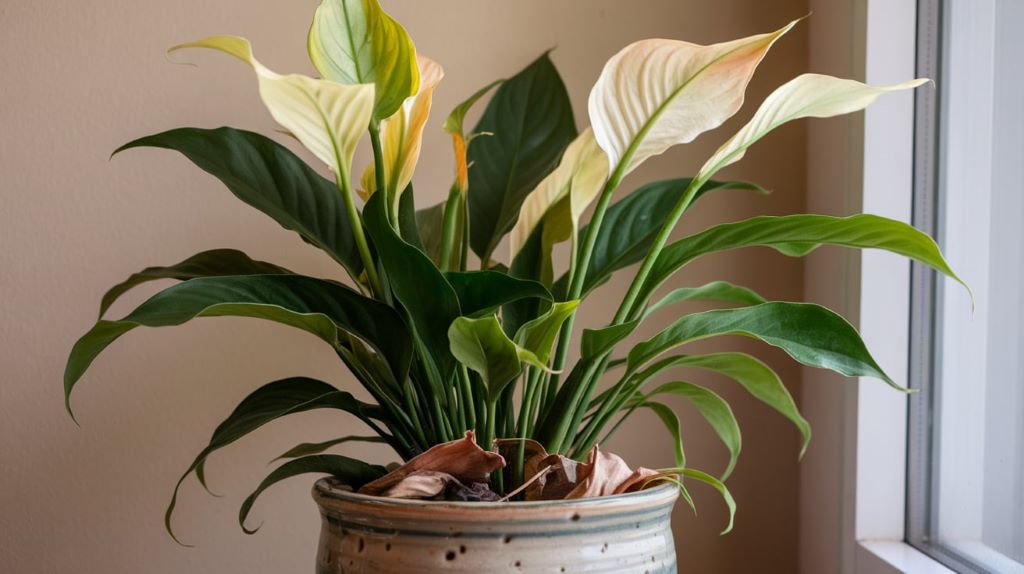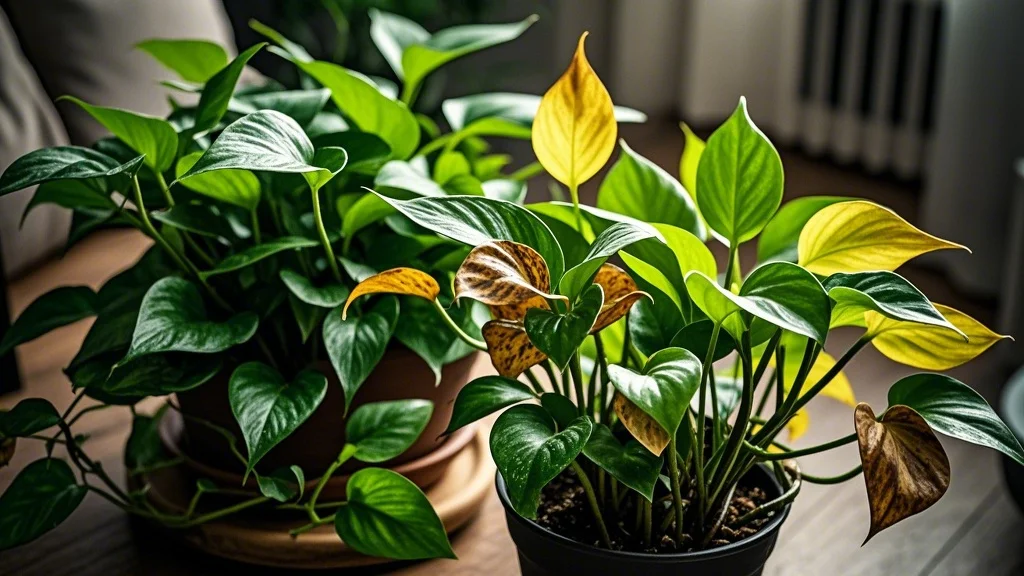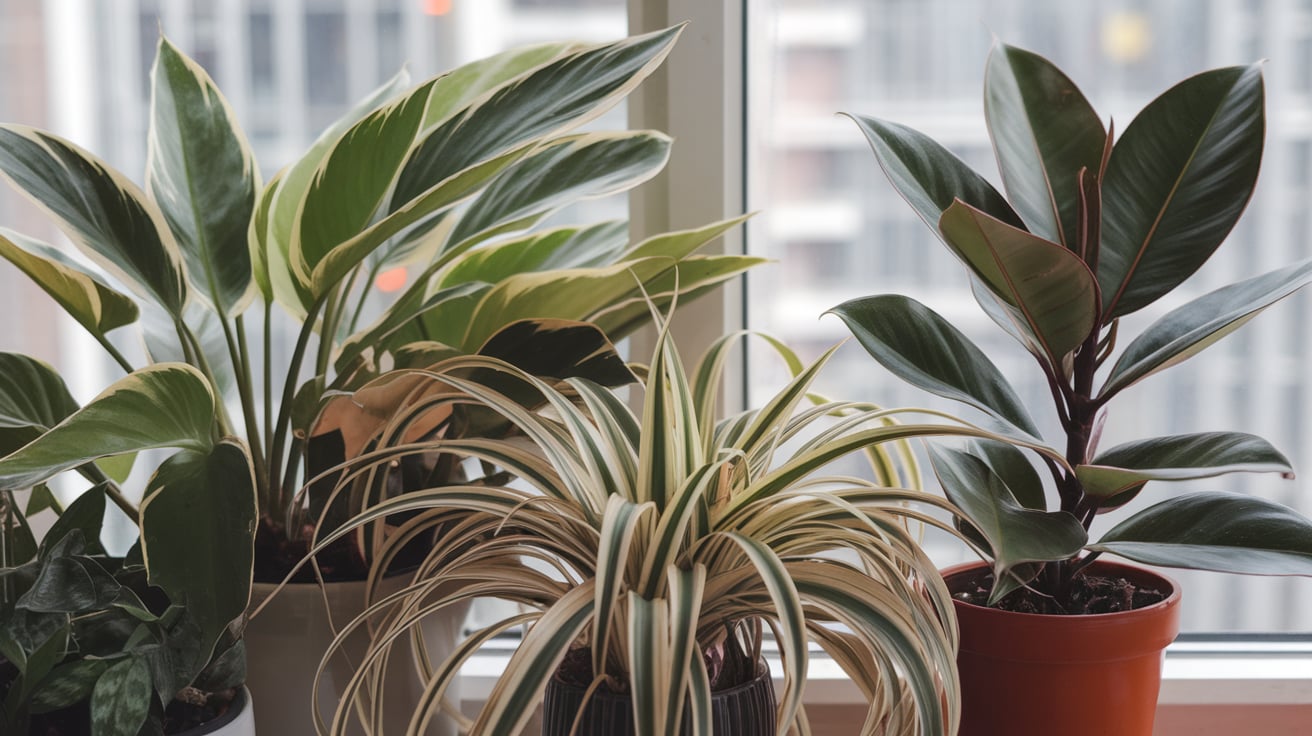Yellow leaves on houseplants can be a sign of various issues, from nutrient deficiencies to overwatering. For urban gardeners and plant enthusiasts, maintaining vibrant green foliage is key to a thriving indoor garden. This guide will explore proactive strategies to prevent leaf yellowing and keep your plants looking their best.
Contents
- 1 Understanding the Causes of Yellow Leaves
- 2 Proper Watering Techniques
- 3 Optimal Lighting Conditions
- 4 Nutrient Management
- 5 Temperature and Humidity Control
- 6 Pest Prevention and Management
- 7 Pruning and Maintenance
- 8 Choosing the Right Containers
- 9 Seasonal Care Adjustments
- 10 Advanced Techniques for Preventing Yellowing
- 11 Troubleshooting Persistent Yellowing
- 12 Creating a Plant Care Routine
- 13 Conclusion
Understanding the Causes of Yellow Leaves
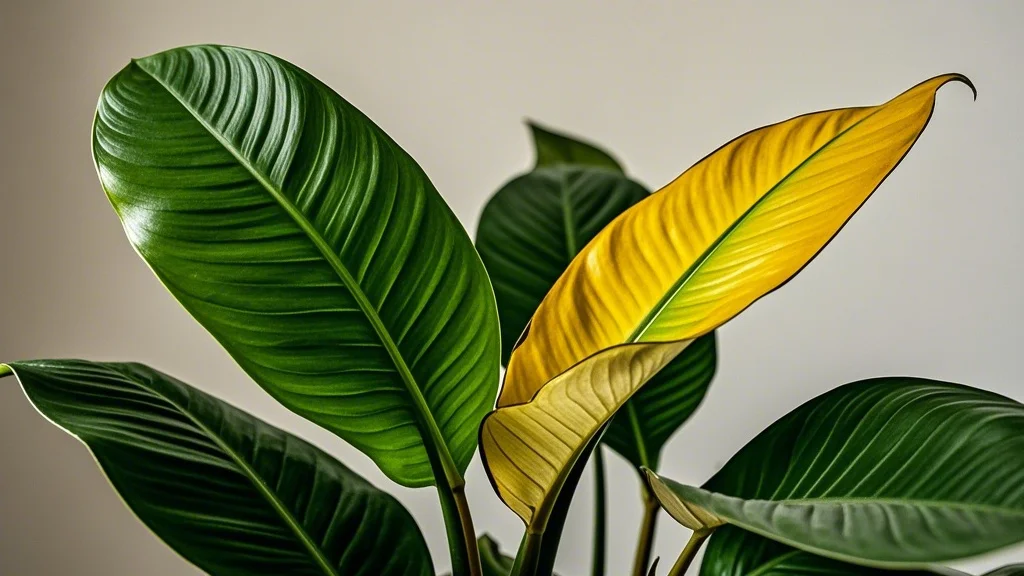
Before diving into prevention, it’s crucial to understand what causes leaves to yellow:
- Nutrient deficiencies
- Overwatering or poor drainage
- Insufficient light
- Pest infestations
- Temperature stress
- Natural aging
By addressing these factors proactively, you can maintain healthier, greener plants.
Proper Watering Techniques
Finding the Right Balance
Overwatering is a common cause of yellowing leaves. To prevent this:
- Allow soil to dry between waterings
- Use well-draining potting mix
- Ensure pots have drainage holes
- Water deeply but less frequently
Watering Schedule
Develop a consistent watering schedule based on each plant’s needs:
- Research your specific plant species
- Adjust watering based on seasons and growth patterns
- Use a moisture meter for accuracy
Optimal Lighting Conditions
Assessing Light Requirements
Different plants have varying light needs. To prevent yellowing due to light issues:
- Understand your plant’s light preferences
- Rotate plants regularly for even light exposure
- Use sheer curtains to filter harsh direct sunlight
Supplemental Lighting
For low-light environments:
- Invest in quality grow lights
- Position lights at appropriate distances
- Set timers to mimic natural daylight cycles
Nutrient Management
Balanced Fertilization
Prevent nutrient deficiencies with proper fertilization:
- Use a balanced, water-soluble fertilizer
- Follow recommended application rates
- Fertilize during active growing seasons
Soil Health
Maintain nutrient-rich soil:
- Repot plants annually with fresh potting mix
- Add organic matter like compost or worm castings
- Test soil pH and adjust if necessary
Temperature and Humidity Control
Optimal Temperature Range
Most houseplants thrive in temperatures between 60-75°F (15-24°C):
- Keep plants away from drafts and heat sources
- Use a thermometer to monitor room temperature
- Adjust placement seasonally if needed
Humidity Management
Many indoor plants prefer higher humidity:
- Group plants together to create a microclimate
- Use pebble trays filled with water
- Consider a humidifier for dry environments
Pest Prevention and Management
Regular Inspections
Catch pest issues early:
- Examine plants weekly, including leaf undersides
- Look for signs of webbing, spots, or unusual growth
- Isolate new plants before introducing them to your collection
Preventative Measures
Create an environment less hospitable to pests:
- Keep leaves clean and dust-free
- Maintain good air circulation
- Use neem oil as a natural preventative spray
Pruning and Maintenance
Strategic Pruning
Regular pruning promotes healthy growth:
- Remove yellowing or damaged leaves promptly
- Trim to improve air circulation
- Prune to maintain desired shape and size
Leaf Cleaning
Clean leaves to optimize photosynthesis:
- Wipe leaves gently with a damp cloth
- Use a soft brush for fuzzy-leaved plants
- Avoid using leaf shine products
Choosing the Right Containers
Proper Sizing
Ensure pots are appropriately sized:
- Choose pots slightly larger than the root ball
- Avoid oversized pots that retain excess moisture
- Repot when plants outgrow their containers
Material Considerations
Different pot materials affect moisture retention:
- Use terracotta for moisture-sensitive plants
- Plastic or glazed ceramic retain more moisture
- Ensure all pots have adequate drainage holes
Seasonal Care Adjustments
Winter Care
Adapt care routines for cooler months:
- Reduce watering frequency
- Move plants away from cold windows
- Increase humidity with a humidifier or pebble trays
Summer Care
Adjust for warmer weather:
- Increase watering as needed
- Provide shade from intense afternoon sun
- Monitor for pest activity more frequently
Advanced Techniques for Preventing Yellowing
Foliar Feeding
Supplement soil fertilization with foliar sprays:
- Use a diluted, balanced fertilizer solution
- Apply in the morning or evening
- Mist leaves thoroughly, including undersides
Root Health Management
Promote strong root systems:
- Avoid compacting soil when watering
- Use a chopstick to aerate soil gently
- Consider beneficial root fungi products
pH Balancing
Maintain optimal soil pH for nutrient uptake:
- Test soil pH regularly
- Use pH adjusters as needed
- Choose pH-appropriate fertilizers
Troubleshooting Persistent Yellowing
If yellowing persists despite preventative measures:
- Reassess light conditions and adjust placement
- Check for root rot and treat if necessary
- Consider a soil test for nutrient imbalances
- Consult with a local nursery or extension office
Creating a Plant Care Routine
Develop a consistent care schedule:
- Set reminders for watering and fertilizing
- Keep a plant care journal to track progress
- Adjust care based on observed plant responses
Conclusion
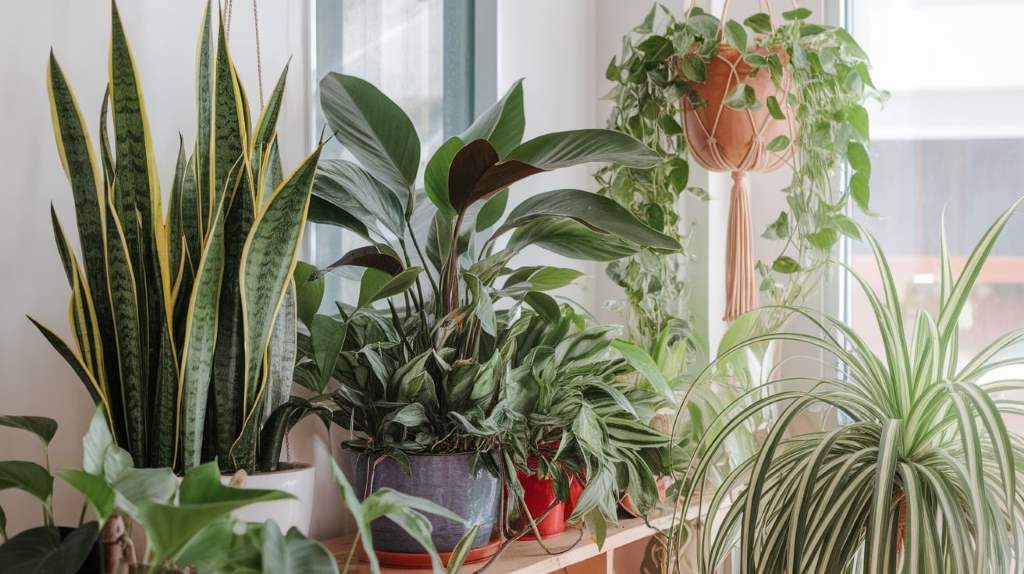
Preventing yellow leaves requires a holistic approach to plant care. By understanding your plants’ needs and implementing these proactive strategies, you can maintain vibrant, healthy foliage year-round. Remember that each plant is unique, so observe closely and adjust your care routine as needed. With patience and attention, your urban garden will thrive with lush, green plants that bring life and beauty to your space.

